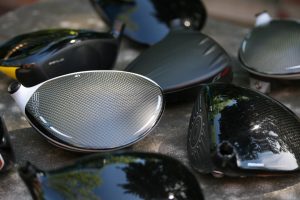Equipment
Golf club history: woods and irons
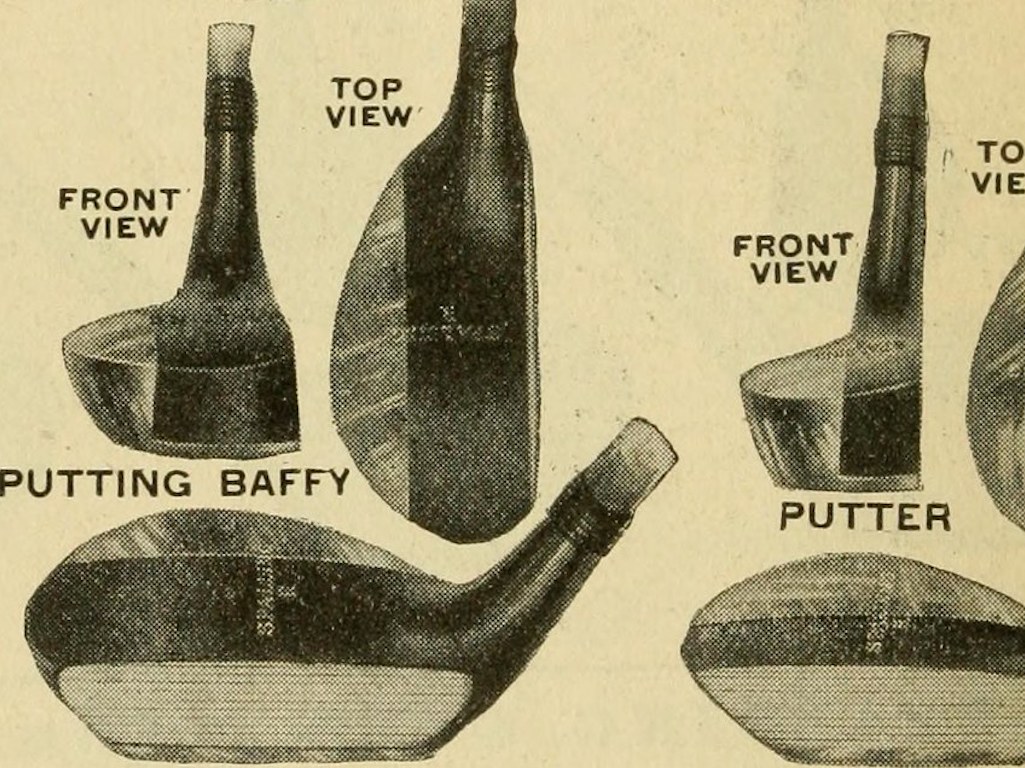
If you’re going to play golf, you’re going to need some clubs. The game dates back to the 1400s in Scotland, so naturally, golf club history does too. We’ve come a long way from wooden clubs and feather-filled balls. For the sake of this piece were going to stick with the modern evolution of the game’s equipment starting off with the invention of the steel shaft in the early 1900s.
Some of the first steel shafts came from a fishing rod producer in Britain by the name of Apollo and we’re developed in the early 1920s. The shafts were much more consistent than the wooden shafts they were attempting to replace but they were still considered inconsistent by many players. Steel shaft also didn’t catch on until a number of years after their conception because until 1924 the USGA considered them nonconforming equipment. It took 5 more years for the R&A to make them legal in 1929.
It was that same year in 1929 when True Temper advanced the steel shaft and developed the process to taper shafts down or create “steps”—something we are all familiar with now. These steps could be moved around the shaft and change the flex which created more options for golfers to find the right equipment and be fit.
Since that time, the biggest steps (no pun intended) we have seen taken in steel shafts have come from stronger, lighter materials to create more flex and bend profile options for golfers.
If you are curious about graphite shafts, check out my piece “The real firsts of the golf industry” for the history behind their development as well as some other technological firsts.
Here’s a broad survey of recent golf club history.
Golf club history: woods
Now to the “big stick.” The term “driver” comes from the idea that the longest club was meant to be driven as far as possible from the teeing area and hence the name stuck. The club heads were made of persimmon, because of the strong dense nature of the wood. To get these wooden heads to where they needed to be for weight, they would be fitted internally with lead weights.
The video below profiles one of the last persimmon wood manufacturers in the world.
With persimmon becoming more expensive and golf growing in popularity, many manufactures shifted from using solid persimmon to laminate—that change also made the clubs more durable, and also a change in golf club history. Those companies included Wilson, Spalding, MacGregor, even Ping with the introduction of the Karsten driver and woods.

As technology continued to move forward, other companies used various materials like graphite composites to make woods, and as much as they worked well for increasing durability they never quite caught on.


The next jump came in 1979 when Gary Adams had an idea to make wood a thing of the past. He took out a $24,000 loan against his house to found TaylorMade Golf. The first product to market was a 12-degree metal driver; the very first of it’s kind in golf club history.

Since then, metal wood technology has continued to move forward leaps and bounds; shifting from steel to titanium, and titanium to multi-material heads featuring aerodynamic designs built for speed. The rules of golf have limited size and spring-like effect of drivers but manufacturers continue to innovate and make drivers faster and more forgiving.
golf club history: Irons

Until Karsten Solheim and Ping arrived on the scene (see Greatest Ping irons of all time), iron design remained mostly the same—thin, forged blades that weren’t very forgiving. It’s not to say that everything was exactly the same, quite the contrary, but from an evolution standpoint, these were just baby steps.
To see the blade evolution here are a couple of great reads:
Then, just like with putters, Karsten Solheim designed an iron that would help reduce the severity of shots hit away from the sweet spot and the modern cavity back was born: the Ping 69. It was then only a few years later in 1982 that the most popular iron of all time, the Ping Eye 2, was set free into the world and this is where iron technology went from baby steps to full-blown Olympic sprinting.

Cavity back irons make the game more enjoyable and easier because their design reduces the severity of mishit shots and get the ball in the air easier, something that benefits all level of golfers, even professionals. Just like drivers, over the last decade, we have seen the introduction of faster, longer more forgiving multi-material designs enter the market. As CAD design and manufacturing techniques go well beyond was would have been imaginable only a decade ago.
Golf club history: beyond cavity backs

New 2020 PXG Gen 3 Irons
The next leap forward was thin-faced irons so fast they needed to be reinforced with polymer materials to prevent them from caving in. The idea wasn’t new, with the introduction of clubs like the PXG 0311 or Taylormade P790, but they perfected the ability to build ultra-thin faced irons that not only performed but felt good too. The title of the first thin or slot-soled irons belongs to Wilson golf and their Reflex irons.
Conclusion
Technology will continue to push the boundaries of design, and golfers will benefit from these breakthroughs. The question of “how much further can we really go?” is up to engineers and advancements in materials and manufacturing, but however far it is, we should be excited about what they will think of next!
Equipment
BK’s Breakdowns: Cameron Young’s winning WITB, 2025 Wyndham Championship

Cameron Young’s WITB from his win at the 2025 Wyndham Championship. Cameron is a Titleist staff player but his bag is definitely filled with some unique clubs. Here are the clubs he used to secure his first PGA Tour win!
Driver: Titleist GT2 (9 degrees, A1 SureFit setting)
Shaft: Mitsubishi Tensei 1K Pro Orange 70 TX
3-wood: Titleist GT3 (15 degrees)
Shaft: Mitsubishi Tensei 1K White 80 TX
Hybrid: Titleist GT2 (21 degrees)
Shaft: Fujikura Ventus HB Black VeloCore+ 10 X
Irons: Titleist T200 (4), Titleist T100 (5), Titleist 631.CY Prototype (6-9)
Shafts: True Temper Dynamic Gold X7 (4-9)
Wedges: Titleist Vokey Design SM10 (48-10F, 52-12F, 56-14F @57), WedgeWorks (60-K* @62)
Shafts: True Temper Dynamic Gold X7
Putter: Scotty Cameron Phantom 9.5 Tour Prototype
Grips: Golf Pride Tour Velvet Cord
Ball: Titleist Pro V1x Prototype
Whats in the Bag
Peter Malnati WITB 2025 (August)
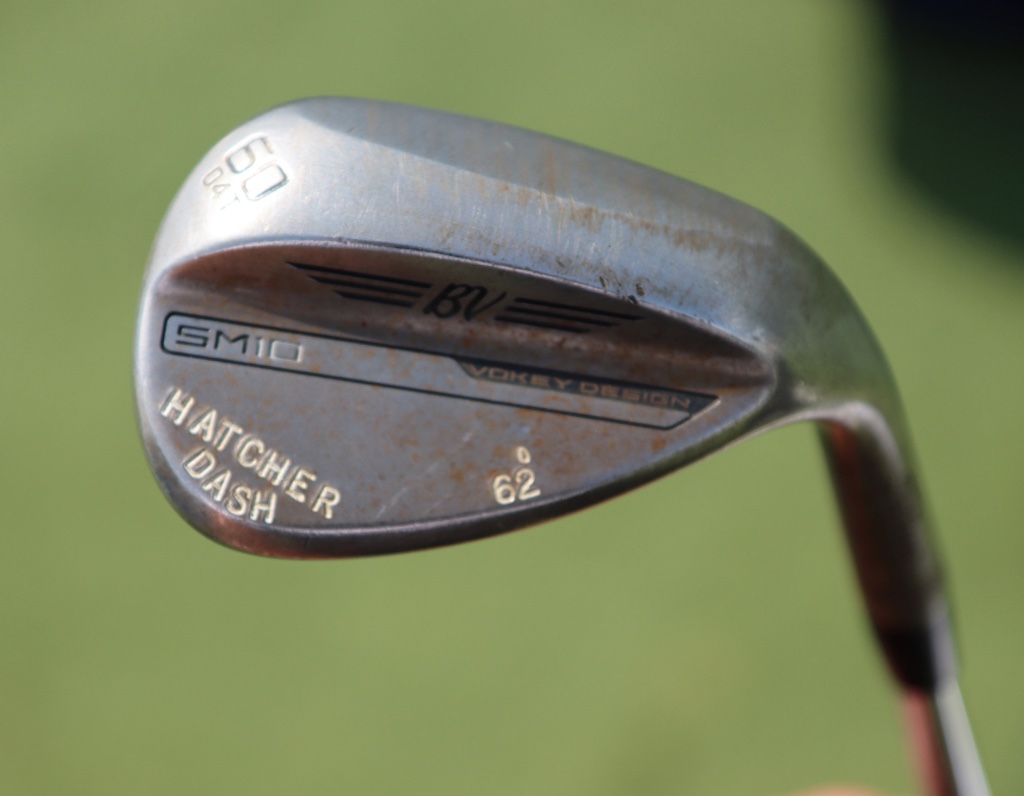
- Peter Malnati what’s in the bag accurate as of the Wyndham Championship. More photos from the event here.
Driver: Titleist GT3 (10 degrees, C2 SureFit setting)
Shaft: Project X Denali Blue 60 TX
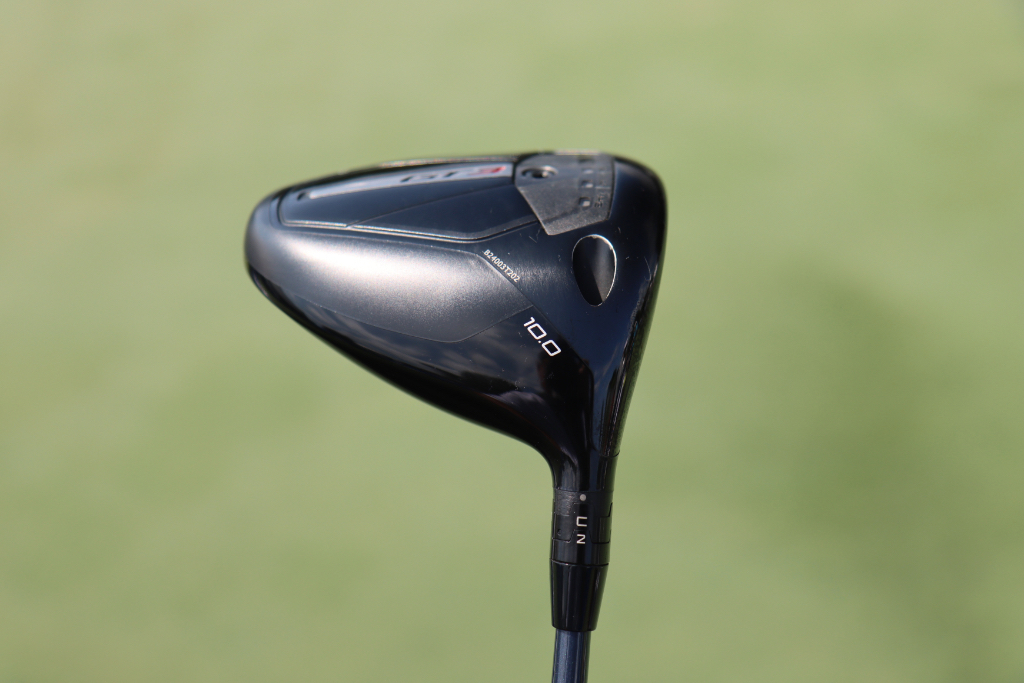

3-wood: Titleist GT3 (15 degrees, A1 SureFit setting)
Shaft: Fujikura Ventus TR Blue 7 X
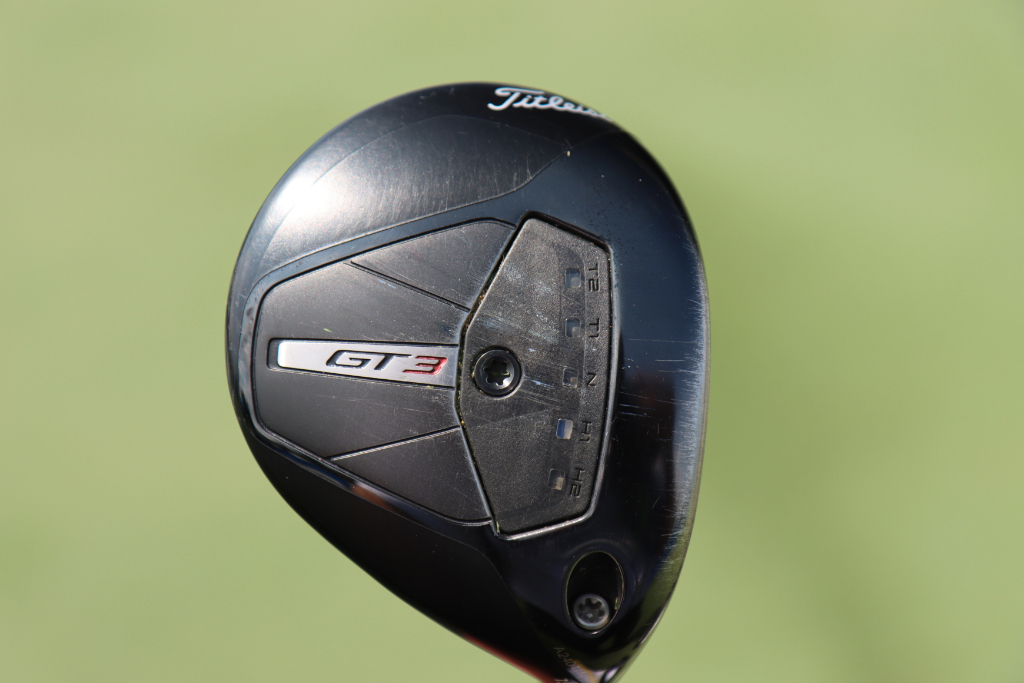
7-wood: Titleist GT2 (21 degrees, D1 SureFit setting)
Shaft: Fujikura Ventus TR Blue 8 X
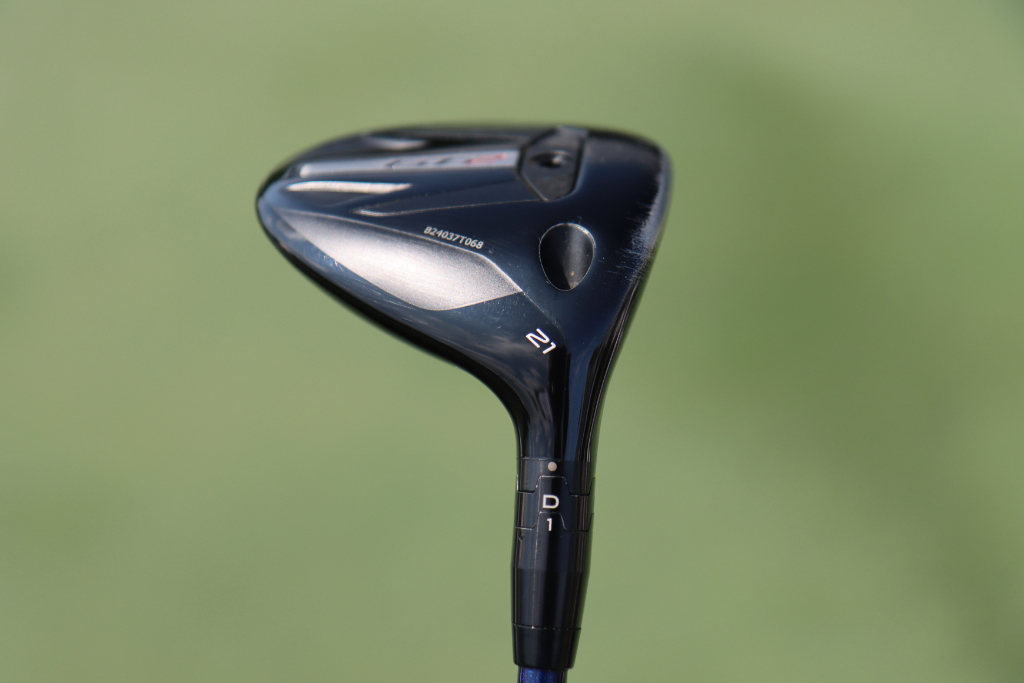
Irons: Titleist T150 (4, 5), Titleist T100 (6-9)
Shafts: True Temper AMT Tour White X100
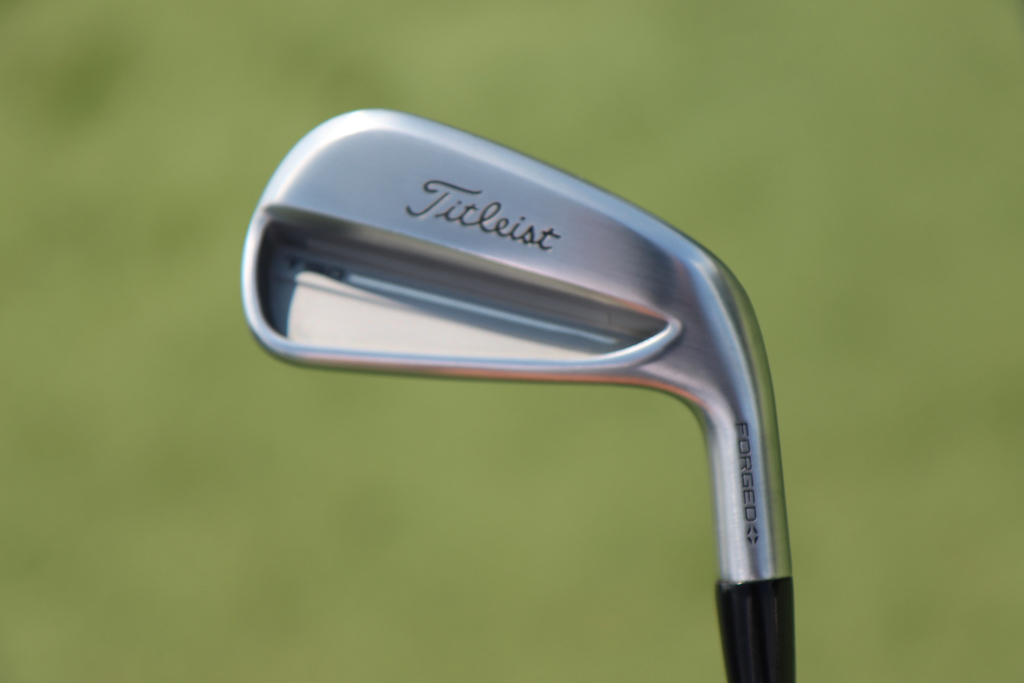
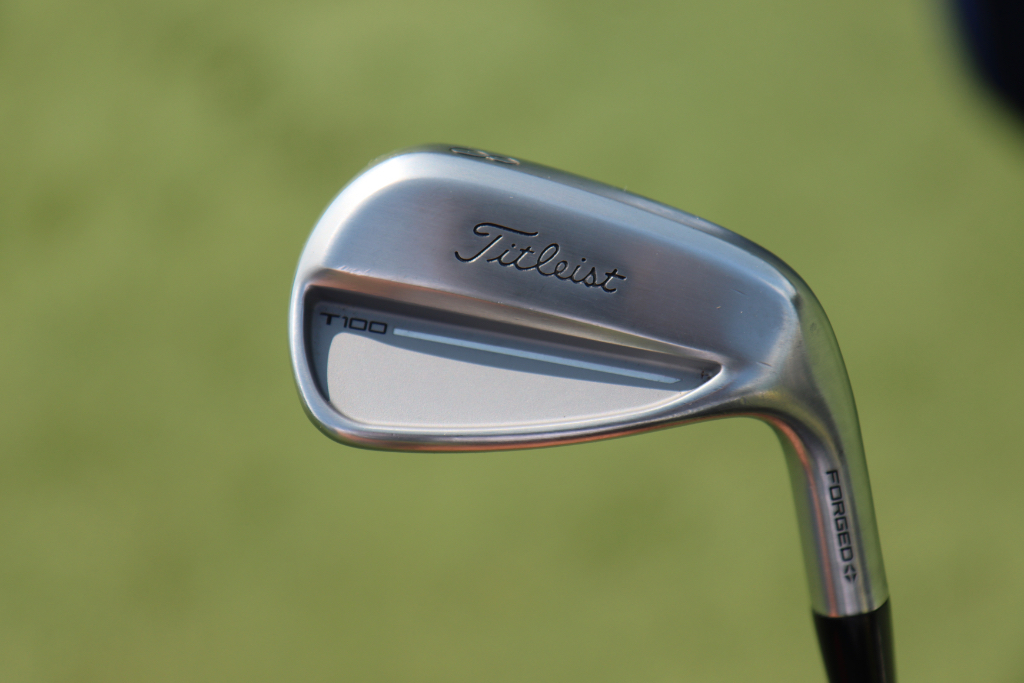
Wedges: Titleist Vokey Design SM10 (48-10F @47, 52-12F, 56-08M @57, 60-04T @62)
Shafts: True Temper Dynamic Gold Tour Issue S400
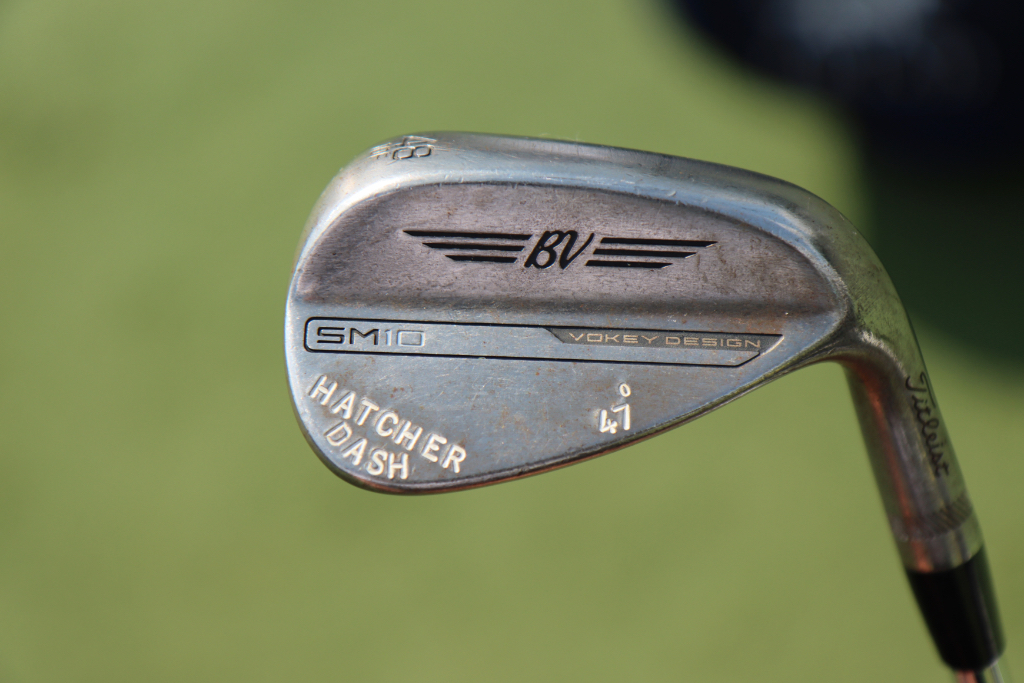
Putter: Scotty Cameron Studio Style Fastback 1.5 Tour Prototype
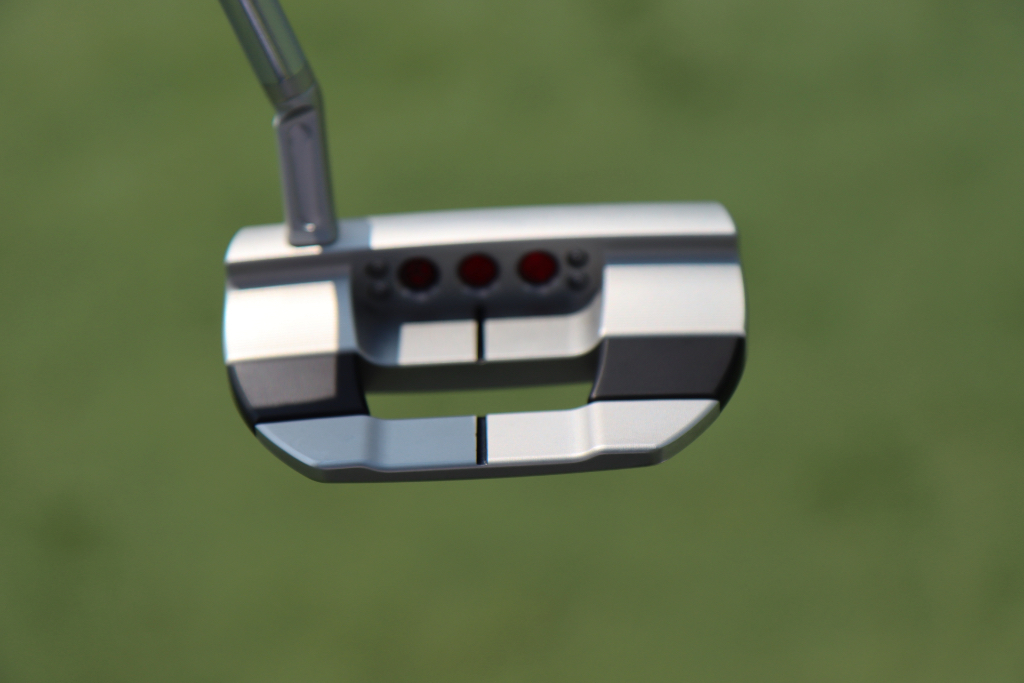
Grips: Golf Pride Tour Velvet
Ball: Titleist Pro V1x Yellow
Equipment
GolfWRX Members Choice presented by 2nd Swing: Best driver of 2025

We’re proud to once again partner with 2nd Swing Golf to bring you GolfWRX Members Choice 2025! 2nd Swing has more than 150,000 new and pre-swung golf clubs available in six store locations and online. Check them out here.

What is the best driver in 2025? At GolfWRX, we take great pride in our online community and the cumulative knowledge and experience of our members. When it comes to the best driver of 2025, we want to know what our forum faithful think.
Since our founding in 2005, the bedrock of GolfWRX.com has been the community of passionate and knowledgeable golfers in our forums, and we put endless trust in the opinions of our GolfWRX members — the most knowledgeable community of golfers on the internet. No other group of golfers in the world tests golf clubs as frequently or as extensively, nor is armed with such in-depth information about the latest technology.
Below are the results of GolfWRX member voting for the 2025 best driver, along with the vote percentage for each club.
Best driver of 2025: The top 5
5. Callaway Elyte Triple Diamond: 6.02%
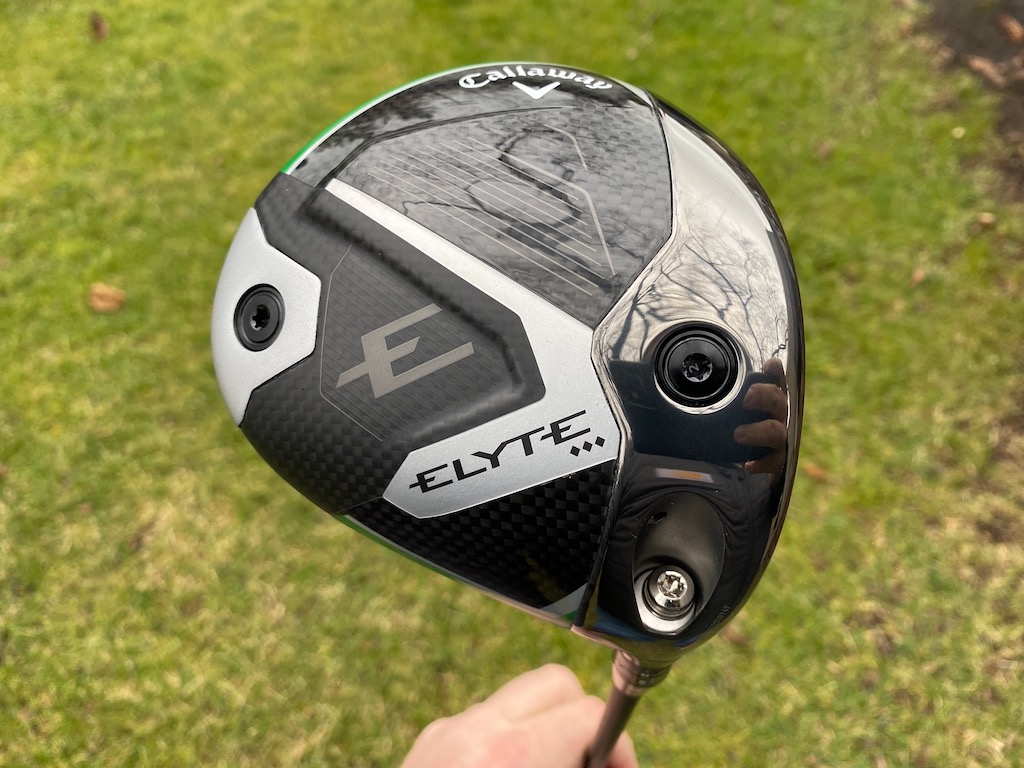
Callaway’s pitch: “For golfers looking for a fast, forgiving, yet workable driver, the Elyte Triple Diamond features a tour-inspired shape and is the preferred model by most Callaway tour players.”
You can read what other golfers are saying about the driver in the GolfWRX forums, and see our launch piece here. Shop the Callaway Elyte Triple Diamond here.
4. Ping G440 Max: 6.86%
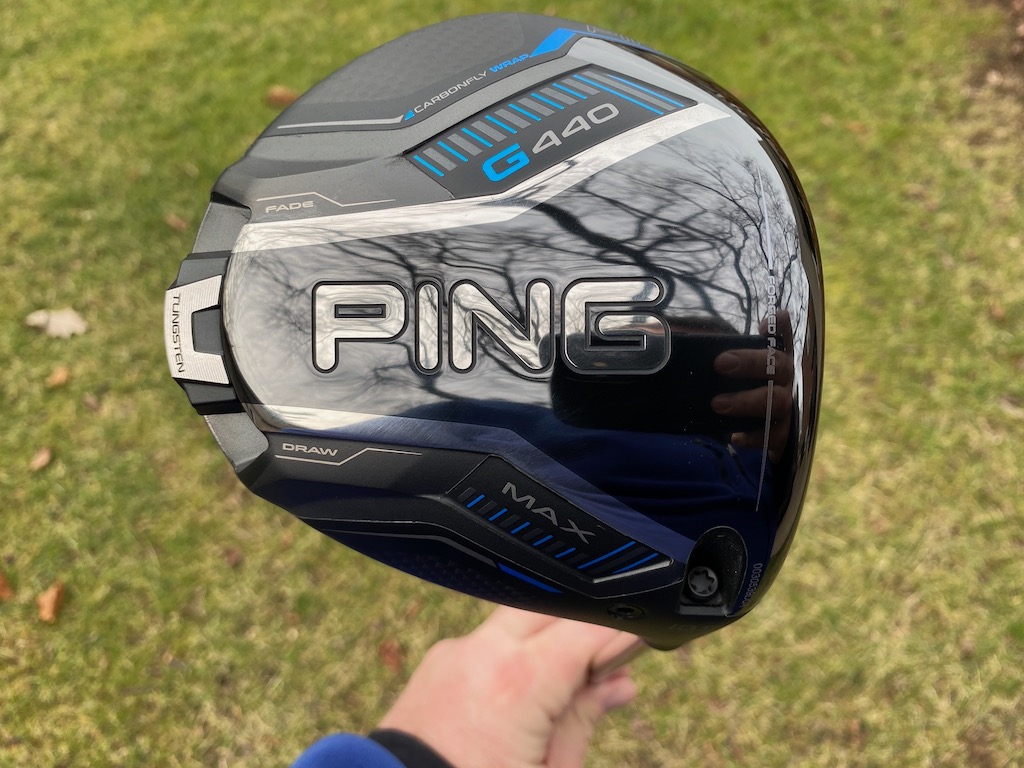
Ping’s pitch: “The most forgiving G440 model, MAX has a hotter face to generate speed and distance, and a lighter overall system weight with a longer shaft (46″) for faster clubhead speed, higher launch and longer carries. The Free Hosel and Carbonfly Wrap crown save weight to create our lowest CG ever and increase forgiveness while contributing to a more muted, pleasing sound.”
You can read what other golfers are saying about the driver in the GolfWRX forums, and see our launch piece here. Shop the Ping G440 Max here.
3. Ping G440 LST: 9.53%
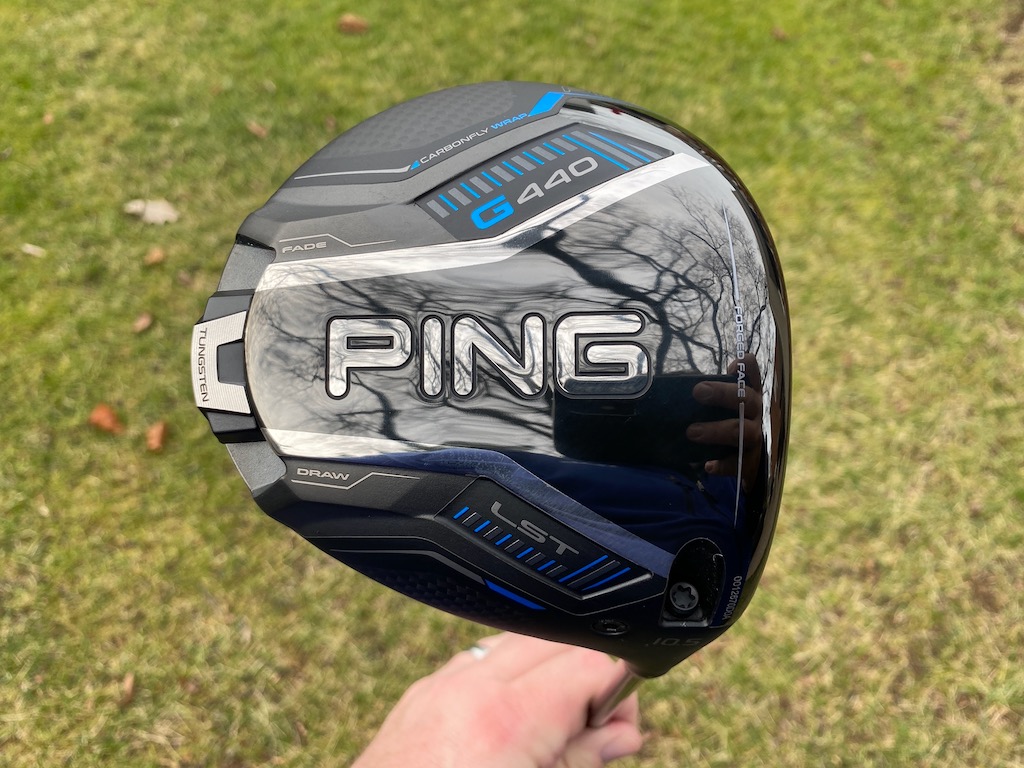
Ping’s pitch: “LST is an especially good fit for faster swings, offering less spin and more control with a penetrating trajectory. A hotter face, lighter overall system weight and longer shaft (46″) deliver more speed and distance while maintaining tight dispersion.”
@phizzy30: “Not a fan of Ping drivers in general, but 440 LST takes the cake. It’s super forgiving across the face for a low spin head, looks and sounds good and the ability to make it play neutral or slightly fade biased through the hosel settings is very appealing.”
You can read what other golfers are saying about the driver in the GolfWRX forums, and see our launch piece here. Shop the Ping G440 LST here.
2. Titleist GT3: 16.55%
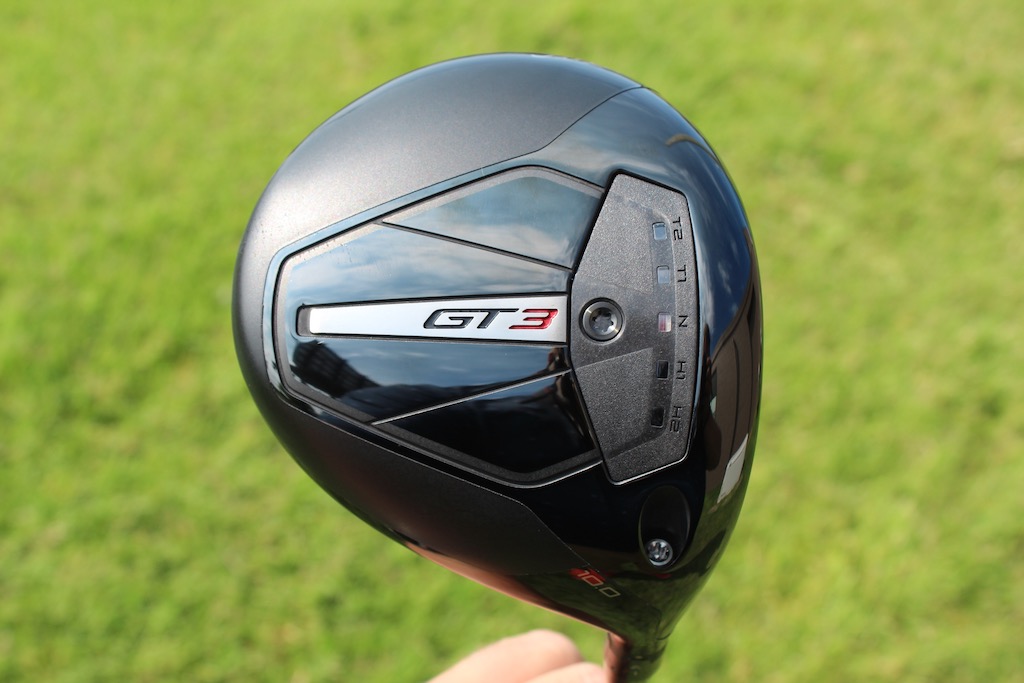
Titleist’s pitch: “The GT3 Driver offers Titleist’s boldest combination of power and personalization through adjustable performance. Dial in the CG Track to your frequent contact location to make your biggest drives even bigger while taking total control over flight and shaping.”
@mrmikeac: “I’ve been Anti-Titleist for years and years and years (outside of Vokey, of course). With that being said, HOLY BEGEEZUS the GT3 driver is an absolute NUCLEAR MONSTER! This thing blew my G430 10K Max out of the water in every single category. Forgiveness is the biggest thing that stands out of me, the 3 model has always been one of the less forgiving models in the past but this GT3 can take bad shot after bad shot and still end up in the fairway, I think a ton of that has to do with the adjustability, it’s actually effective. Feel and sound is perfect, that solid crack is so addicting to hear and when you hit it out the screws this thing can absolutely bomb it. Titleist, I’m sorry for doubting you. You have converted me.”
You can read what other golfers are saying about the driver in the GolfWRX forums, and see our launch piece here. Shop the Titleist GT3 here.
1. Titleist GT2: 22.91%
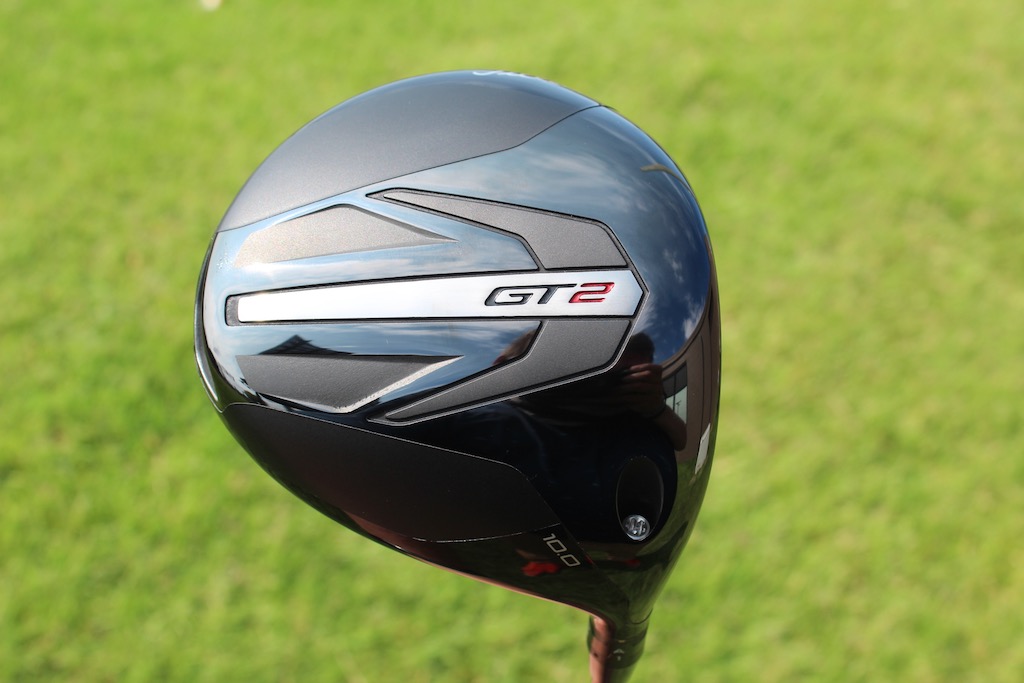
Titleist’s pitch: “Delivering impressive distance from any impact point, the Titleist GT2 Driver extracts maximum performance through a forgiving design. Get the stability and added confidence of a high-MOI driver without sacrificing speed.”
@DTorres: “The Titleist GT2 has proven to be the best driver of the year. Packaged in a classic profile, GT2 perfectly balances performance and forgiveness while consistently being a high performer across all categories.”
You can read what other golfers are saying about the driver in the GolfWRX forums, and see our launch piece here. Shop the Titleist GT2 here.
Other drivers receiving >2% of the vote
| Driver | Vote percentage (%) |
|---|---|
| Cobra DS Adapt Max K | 4.85% |
| Ping G430 Max 10K | 3.85% |
| Callaway Elyte Triple Diamond | 3.68% |
| TaylorMade Qi35 | 3.51% |
| Callaway Elyte | 3.18% |
| Cobra DS Adapt X | 2.34% |
| Cobra DS Adapt LS | 2.17% |
| TaylorMade Qi35 LS | 2.17% |
View this post on Instagram

